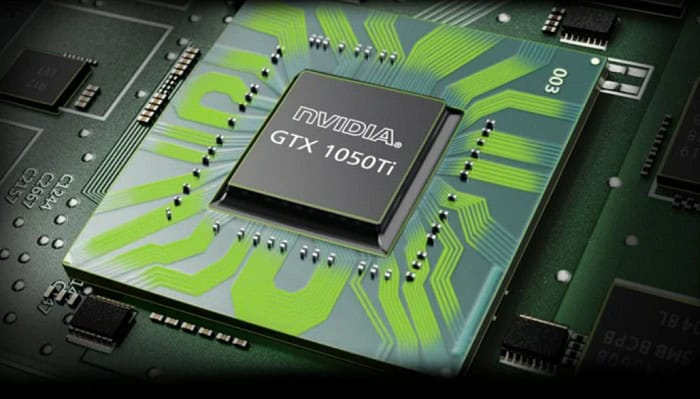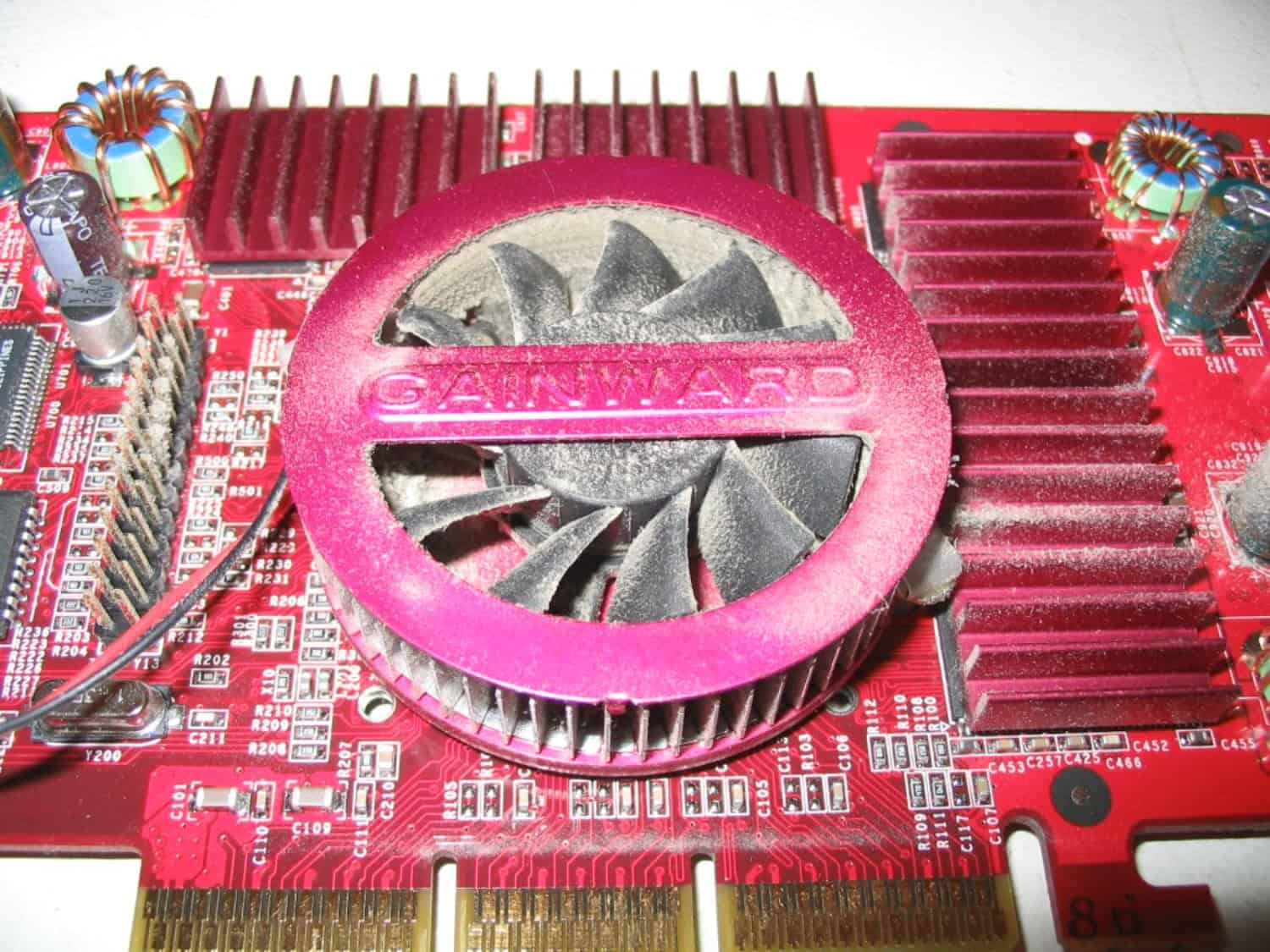This article will provide tips on telling if your graphics card is bad. Do you have a PC that isn’t working as it used to? Do your games stutter or freeze? Is your computer slow or overheating too fast?
Are you concerned about the health of your graphics card? Here are some signs to look out for:
- Programs that used to run smoothly may now stutter or slow down.
- When performing graphics-intensive tasks, your computer may crash.
- Random graphical glitches may appear on your screen.
- The graphics card may generate excessive heat during activities it handles without issue.
If your screen is freezing, going black, or giving your blue screen errors, it could be a sign that your graphics card is dying. However, these problems can also be caused by malware, memory (RAM) problems, or even a dying hard drive. Check if your visuals are lagging or stuttering. Graphics card problems can cost you hundreds of dollars. Your graphics card is the central component of your computer. So I think it is fair to expect that your graphics card will have some wear and tear over time. However, when it begins to start giving you problems or has been giving you problems for a while now, there are a few tell-tale signs that can help signify whether or not your graphics card could be failing you. Have a look at those with the help of this article.
Shop for graphics cards by clicking here.
Table of Contents
How To Know If Your Graphics Card Is Dying
Here are five ways to help you how to tell if a graphics card is terrible:
Screen Turns Black
This usually happens when there’s insufficient memory available for the GPU to work correctly. If this happens frequently, the worst-case scenario would be that the GPU itself has died and needs replacement. If there are signs of GPU failure and you replace it, the problem will most probably be solved without much trouble. Click here to read our article on How to Tell if Your PSU is Dying.
If there are signs of GPU failure and you replace it, the problem will most probably be solved without much trouble. Click here to read our article on How to Tell if Your PSU is Dying.
See Also: [Fix] 100% Disk Usage By System And Compressed Memory
Crashes And Freezes
Your computer’s screen should not go black for no reason. Sometimes, it could be a memory issue or a not installed driver that can cause this problem. If your PC faces issues due to the graphics and drivers, you must know how to Fix NVIDIA Driver Crashing.
 But if it happens frequently, this is probably an answer to how to tell if a graphics card is bad.
But if it happens frequently, this is probably an answer to how to tell if a graphics card is bad.
Blurred Text And Images
If you use Photoshop for editing, for example, or view high-resolution images on your computer, then blurry or jagged text or prints are not supposed to happen.
These blurry images or text can signify that your graphics card’s memory is becoming full or has leaked.
Suddenly Unable To Play Games
If you use an older card, graphic-intensive games will not be playable. Running some low-end games with an old but good graphics card is possible.
If that option suddenly disappears, you know how to tell if your graphics card is dying and cannot handle the game anymore.
Missing Colors
Paint programs and other applications need colors to provide users with the best experience possible. That’s why every computer owner needs to check if colors are missing on their screen.
If this is the case, your graphics card may be going wrong. Then the best thing to do would be to replace the graphics card completely.
See also: Simple Steps To Gameshare On Xbox One Console
How To Troubleshoot
1) Run the DxDiag test. It will tell you if there is anything wrong with the hardware in your computer. Click here to learn more about computer diagnostic tools, which will help you determine if there’s anything wrong with your computer.
2) Open Task Manager (Ctrl+Shift+Esc). Go to the Performance tab and check where the CPU Usage for Graphics is concerned. You may have a bad graphics card if the usage is too high. Suppose there is any “GPU” process running in the background.
3) Overclock your Graphics card. A change is required if it cannot keep up with the overclocked speed and temperatures.
See also: What Is a Broken Registry Item And Top 5 Ways To Fix It
How To Choose A Good Graphics Card For Your PC
Here are some tips that can help:
Check For Bulges
If you buy a used video card or buy it second-hand, ensure it doesn’t have bulges on its casing. In the past, some graphics cards were known to have bumps on their casing. If bubbles appear on the card’s casing, they will eventually make it difficult to fit into the PC’s graphics slot.
This is because graphics cards with bulges will push the housing of the graphics card outwards. That leads to taking up space in your PC’s case.
Check For Discoloration
If you’re going to buy a used video card or if you’re going to buy it second-hand, then make sure that there are no other signs of discoloration on its casing. Discoloration in the case of a graphics card may indicate overheating. If there is overheating, then this may lead to its eventual failure. 
You can check if your graphics card faces overheating by looking at its backside. If you feel it is hot to touch, then it’s possible (although not sure) that it may overheat.
Check If Any Components Can Be Taken Off
If you’re going to buy a used video card or you’re going to buy it second-hand, then make sure that there are no components in the graphics card that can be taken off.
If the graphics card you’re buying has parts you can off, you may end up with a homemade card.
See Also: 10 Best CPU Intensive Games To Play Right Now
Check If the Cable Is Missing Or Broken
If you’re going to buy a used video card or if you’re going to buy it second-hand, make sure that there are no broken or missing cables on the graphics card. If your current video card has broken lines, then there is a case of damage to its connection cables. This means that it won’t be able to work correctly and will not last for very long.
If your current video card has broken lines, then there is a case of damage to its connection cables. This means that it won’t be able to work correctly and will not last for very long.
Make Sure It’s Not Overheating
If you’re going to buy a used video card or if you’re going to buy it second-hand, make sure that the graphics card is not overheating. Looking at its backside, you can tell if the graphics card is overheating. If it’s hot, then this means that it is overworking.
Looking at its backside, you can tell if the graphics card is overheating. If it’s hot, then this means that it is overworking.
Check For Any Additional Slots
If you’re going to buy a used video card or if you’re going to buy it second hand make sure that there are no slots on the graphics card.
Sometimes, people put an expansion slot there, thinking they can use it.
FAQs
How do I know if I have a bad GPU?
A bad GPU is when you see the 'Failed to initialize graphics device' or 'Display driver stopped responding and has successfully recovered' error after installing a new card on your computer. If this happens, turn off the computer and repeat steps 3-6 in the troubleshooting tutorial below. Laptops have a built-in GPU that will work for most internal uses of your computer. If you are experiencing errors with games or other programs, it might be due to a poorly optimized game (not supported by this GPU). This can lead to long loading screens, poor frame rates, black screens, etc.
How long do graphics cards last?
The lifespan of a graphics card is determined by the number of hours it is run. The more a graphics card is used, the shorter its life. In most cases, running your computer 24/7 or playing games constantly can cause permanent damage and possibly shorten the lifespan even more. But if you don't overclock your GPU or play games for long periods, you can get a few years out of your card with regular use. Generally, the maximum lifespan for a new graphics card is about three years. Older cards can last up to 10 years with normal use.
Can a GPU fry a motherboard?
According to an Intel document sent to Motherboard and corroborated by several motherboard vendors, GPUs can cause elevated temperatures in motherboards, damaging them over time. This makes sense because most gaming laptops use GPUs for intense workloads that stress cooling systems and components like CPUs and RAM chipsets. As with any high-power device, increased power draw will mean higher temperatures, which lead to various safety measures being put in place to minimize the risk of overheating components or, worse — hardware malfunctioning due to thermal runaway and system failure.
Conclusion
There’s nothing more infuriating than when an unplanned event brings your whole gaming system crashing down to earth. You spend ages painstakingly getting everything in the system working correctly, and then, without warning, your PC crashes one day. It’s a situation nobody wants to find themselves in, but it can happen. That’s why we wanted to help you by giving you an answer to tell if a graphics card is bad. You can also check 10 Innovative Graphic Design Business Ideas You Can Use in 2022











